‘I Don’t Deadhead Many Plants But Campanula Is One That I Do’ – Here’s Why It’s Important
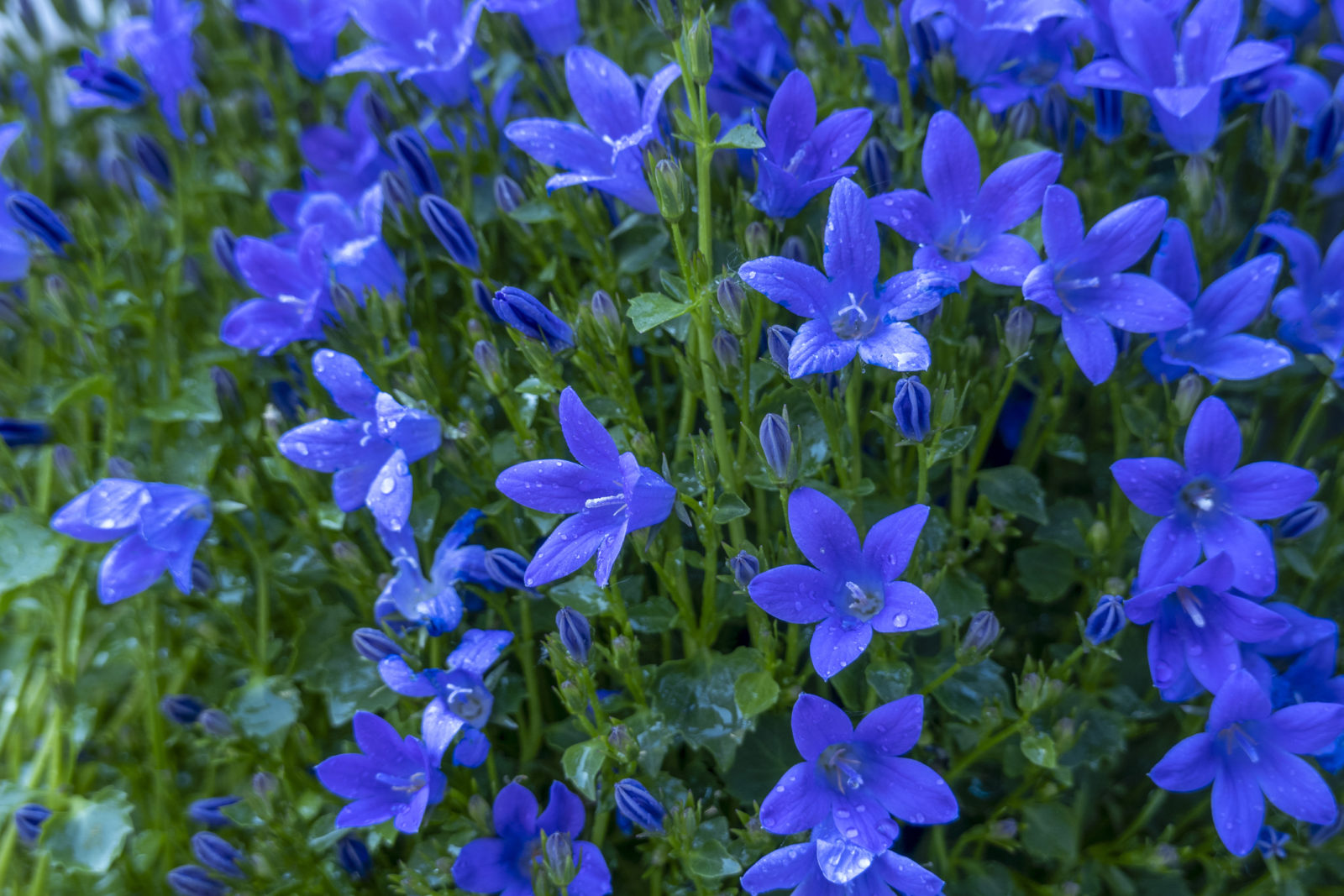
PERENNIALS > CAMPANULA > DEADHEADING
Reviewed By COLIN SKELLY

Colin is a Horticulturist and Horticultural Consultant with experience in a range of practical and managerial roles across heritage, commercial and public horticulture. He holds the Royal Horticultural Society’s Master of Horticulture award and has a particular interest in horticultural ecology and naturalistic planting for habitat and climate resilience.
IN THIS GUIDE
CAMPANULA GUIDES
Cuttings Propagation
Deadheading
Division
Growing From Seed
Varieties
With their bright colours and nodding flower heads, campanulas, better known as bellflowers, are strong performers in the height of summer.
Although some species only bloom for less than a month, you can extend their flowering season with the right care and attention.
Deadheading is the best way to achieve this.
By doing so, you can divert energies which would have otherwise gone into seed production back towards blossoms, thus encouraging campanulas to flower well into autumn.
” I don’t deadhead many plants but Campanula is one that I do,” shares Master Horticulturist Colin Skelly.
“Firstly, because they tend to look unsightly, particularly the large-flowered species, and secondly, because it makes a big difference to the length of the growing season.
“Campanula lactiflora is a species that can Chelsea chopped and have one-third cut back in mid-May which will result in later flowering.”
Deadheading bellflowers is a very simple process.
Follow the steps below and you can’t go wrong:
- Look for faded flowerheads.
- Cut back your bellflowers to their lateral buds.
- Remove any other dead or dying parts of the plant.
- Dispose of debris – typically by composting.
- Stay vigilant by regularly checking back and deadheading when necessary.
When To Deadhead
June and July are generally the months in which campanula are at their best, though the specific flowering season of your plant may vary depending on its cultivar and growing environment.
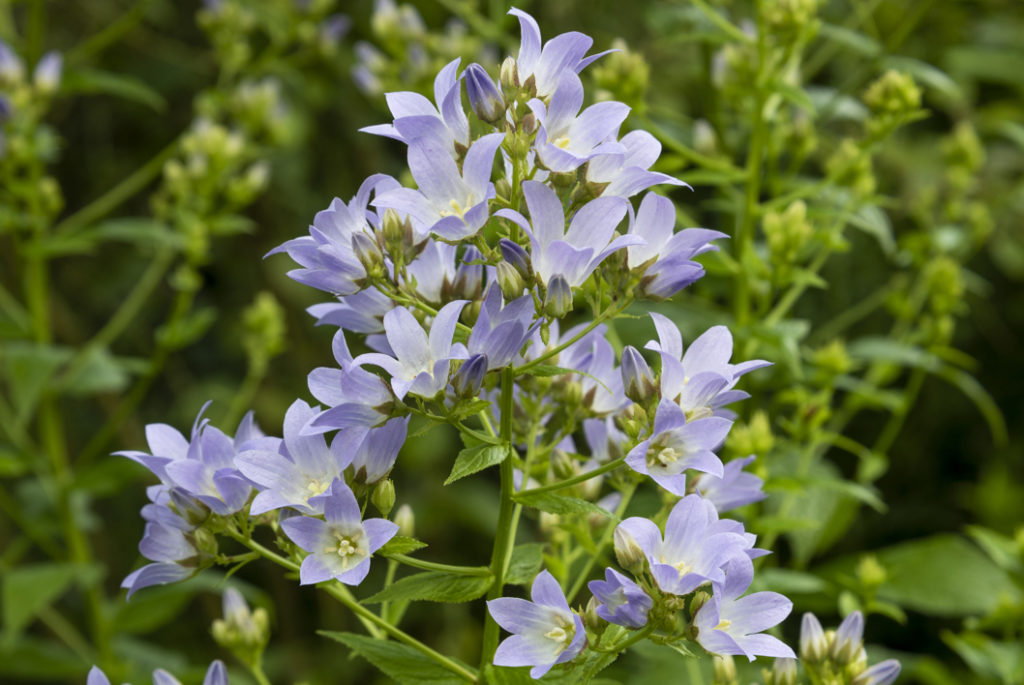
Regardless of when it occurs, as soon as it’s in full bloom you should get ready to deadhead.
| Difficulty | Easy |
| Equipment Required | Pruners |
| When To Deadhead | Every 5-7 days during flowering season |
1) Look For Faded Flowerheads
Carefully inspect your campanula, looking for signs of dying or fading flowerheads.
Removing these is key to giving the plant a new lease of life since it will cease expending energy on producing seeds and instead redouble its blooming efforts.
2) Cut Back To Lateral Buds
Once you have located a flower in need of deadheading, trace its stem back to a new lateral bud.
It’s here that you’ll want to make your incision so as to give the bud as much opportunity to flourish as possible.
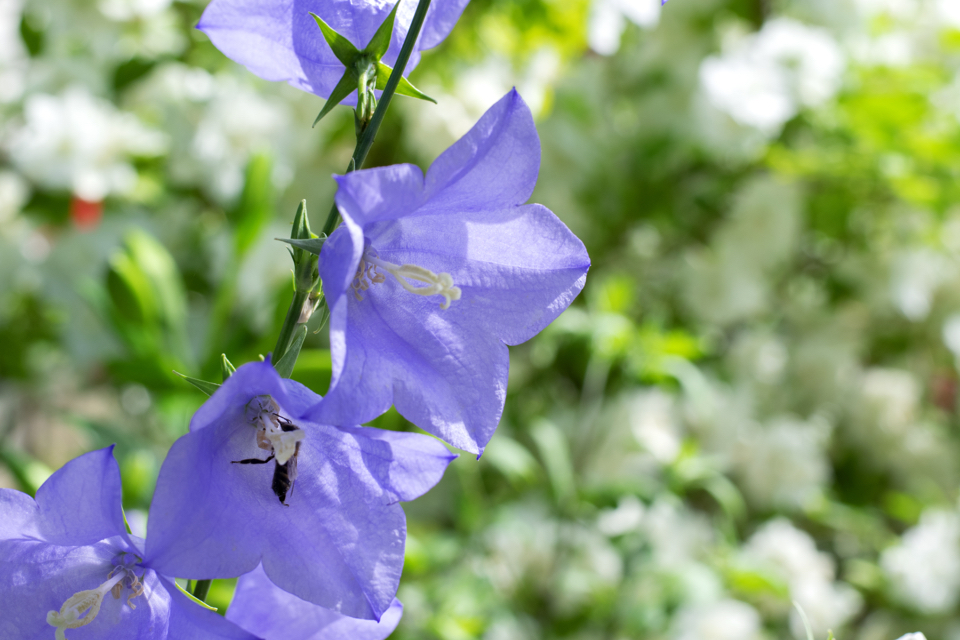
You can pinch off the flowerhead with your index and middle fingers, though it’s advisable to use pruners if you have them to hand.
This will ensure a cleaner cut and minimise the chance of the area becoming infected.
3) Remove Any Other Dead Or Dying Parts
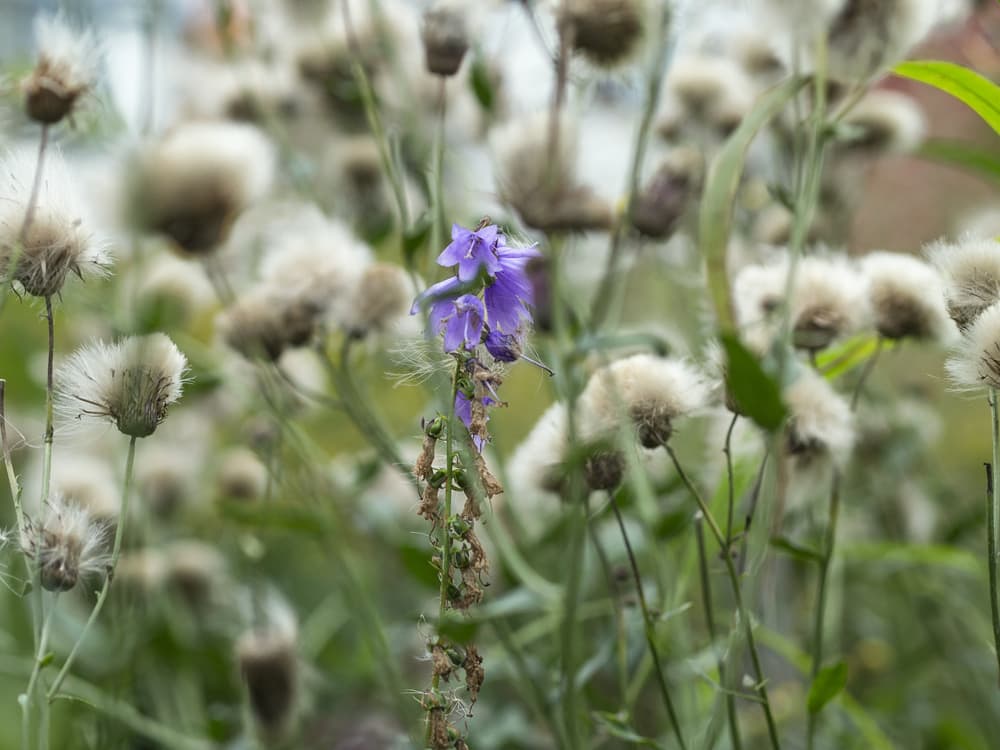
It’s not just flowers which may fade on your campanula.
As well as removing all dying blossoms, you should also take the time to identify any leaves, stems or other parts which have seen better health.
These should also be stripped away from the main body of the plant so that it doesn’t waste any energy in trying to keep them alive.
4) Dispose Of Debris
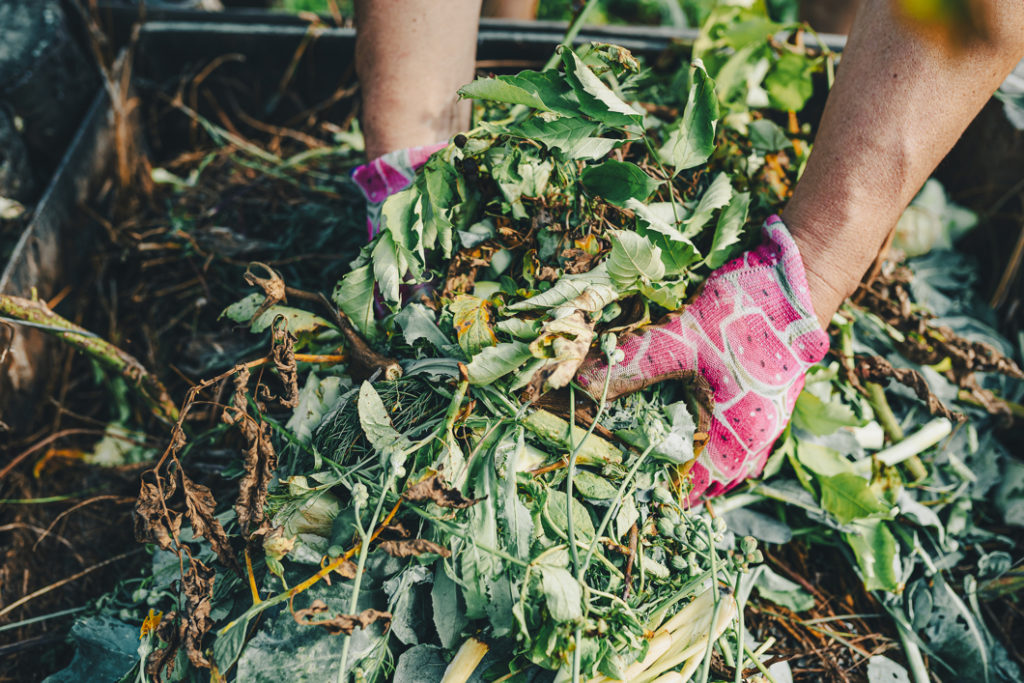
Make sure that all trimmed flowers, leaves and other parts of the plant are disposed of appropriately, either in a compost bin or elsewhere.
If you leave discarded parts of the plant around its base, you can attract aphids, slugs and snails, among other pests.
These can compromise the long-term health of your plant.
Some species can self-seed, too.
5) Stay Vigilant

If you’re really serious about prolonging the blooming season of your campanula for as long as you can, deadheading will comprise a task that you come back to again and again.
Ideally, you should give the plant a once-over on a daily basis to spot fading flowerheads as soon as they appear, though checking it every 5-7 days is also adequate.

